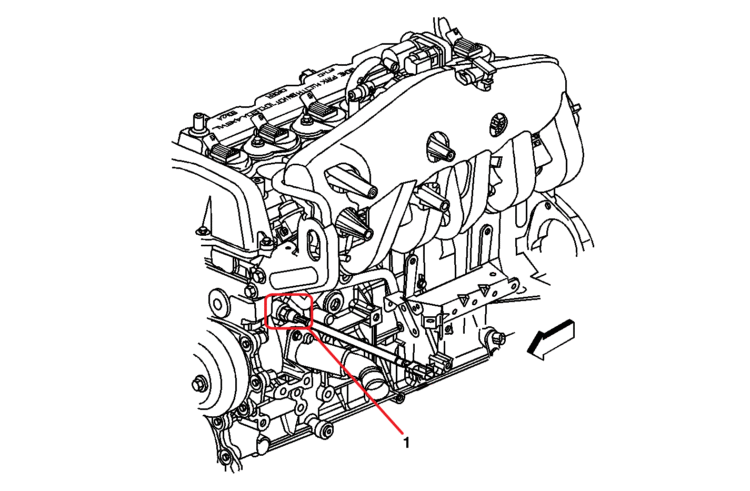
To quickly figure while the light comes on, you need a scan tool to diagnose the car. Several factors can trigger the engine warning light. Check engine light:Īn illuminating check engine light signifies a potential problem in the internal engine components or a faulty electrical system. The supplied mixture will not be enough and result in vibrations and shaking at idle or low-speed maneuvers and lead to other strange behavior and loss of engine power. Rough Idling:Ĭan a bad coolant temp sensor cause rough idle? Yes, due to the false signal sent to the car computer, it will adjust the air-fuel mixture. As a result, it reduces gas mileage and disrupts engine peak performance. Commonly, a failed temp sensor might permanently send a cold signal to the computer, making it think the vehicle is always cold even when it’s running hot. A bad coolant temp sensor will send a false reading to the car computer and disrupt accurate gas and timing calculations. One of the most common signs of a bad coolant temp sensor is poor fuel economy. As a result, it’ll trigger a dashboard warning light, and your car will operate sluggishly. In such a case, your car computer will think the vehicle is running at a high temperature when it’s not. While it is pretty clear that a failing or faulty temp sensor will cause a cold reading, in some cases, the coolant temp sensor can malfunction and send a hot signal when the engine is running at an average operating temperature. In severe cases, the smoke may be big enough that you don’t want to drive the vehicle with it. If the air-fuel mixture becomes rich to a state where the gas cannot be appropriately burned during the combustion process, it will cause black smoke from the exhaust tailpipe. A failing coolant temp sensor will send a cold signal to the car computer, thereby misleading and causing the computer to unnecessarily enrich the air/fuel mixture ratio. Black smoke from the exhaust:Ī common sign of a defective coolant temp sensor is black smoke from the exhaust tailpipe. However, keep in mind that aside from faulty coolant temp sensor, there are other host causes of irregular or fluctuating temperature such as cylinder head leak, low coolant level, failing radiator fan, and bad pressure cap. While the coolant temperature might be cooler than the ambient air, the coolant temperature can send inaccurate readings to the car computer. Especially if the engine doesn’t warm as it supposes to, you have to contact your mechanic to diagnose and track down the problem in your cooling system. If you notice temperature fluctuations in your temperature gauge, or it stays lower or higher than expected when the engine is running, it could be an indicator of a failing or lousy coolant temp sensor. So, before a coolant temp sensor failure escalates to more significant auto repair for your transmission or engine, it will give the following signs Irregular temperature readings:
#4.3 coolant temp sensor location driver
Symptoms of a bad coolant temp sensorĮvery mechanical component in your vehicle emits symptoms to notify the driver when they fail, and the coolant temperature sensor is no exception.


#4.3 coolant temp sensor location how to
In this article, we’ll discuss at length how to tell if your coolant temp sensor is bad, the signs and symptoms of a defective coolant temp sensor, and how to fix the problem. Hence, you should always watch out for symptoms of a bad coolant temp sensor. The sensor sends a signal to the car computer to make changes for gas calculation and engine timing for peak performance.Īs the vehicle engine requires less gas when warmed and more gas when cold, the car computer will adjust the engine performance setting if it receives a signal that coolant temp is above the normal operating temperature to save the engine from catastrophic damages due to the engine overheating.īecause the coolant temperature sensor plays a critical role in the engine timing and calculation for optimal performance, a lousy coolant temp sensor can easily affect your engine’s performance. The coolant temp sensor functions perfectly by monitoring the coolant temp with the aid of an electrical circuit. The coolant temp sensor is one of the car engine management systems that monitor the temp of the radiator coolant.


 0 kommentar(er)
0 kommentar(er)
